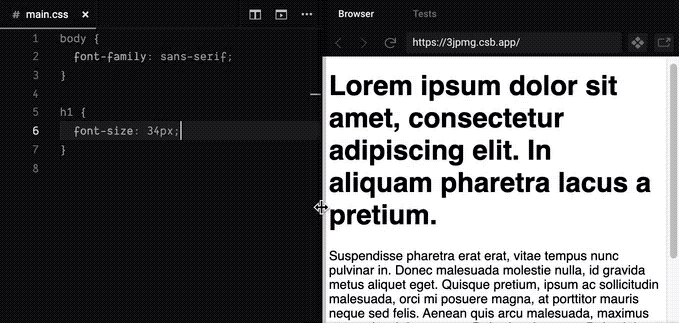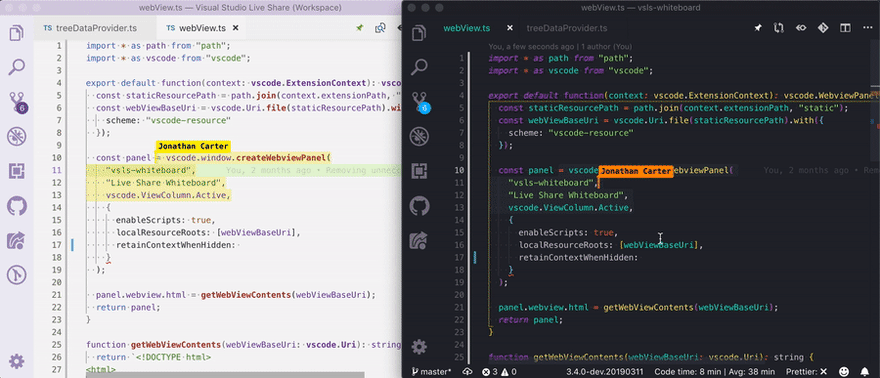What's NOT new in React 18
Benny Powers is NOT pleased with what he believes is missing from the latest React release:
For five years now, there’s been a concerted, multilateral push to bring React into line with every other major framework on custom elements, enshrined in the HTML and DOM specs for years now. Much effort was spent both in public and behind the scenes to encourage the React core team to implement real support for the standards.
But then the PRs were closed, or ignored without public comment. And the issues languished. And the hopeful indications of a willingness to play ball with the rest of the web community grew stale and limp.
We, developers that want to write components that work in any frontend stack, were really hopeful that React 17 would deliver, but React is still the mobile iOS of front-end frameworks.
My spidey sense tells me that “the mobile iOS of front-end frameworks” isn’t a compliment…


